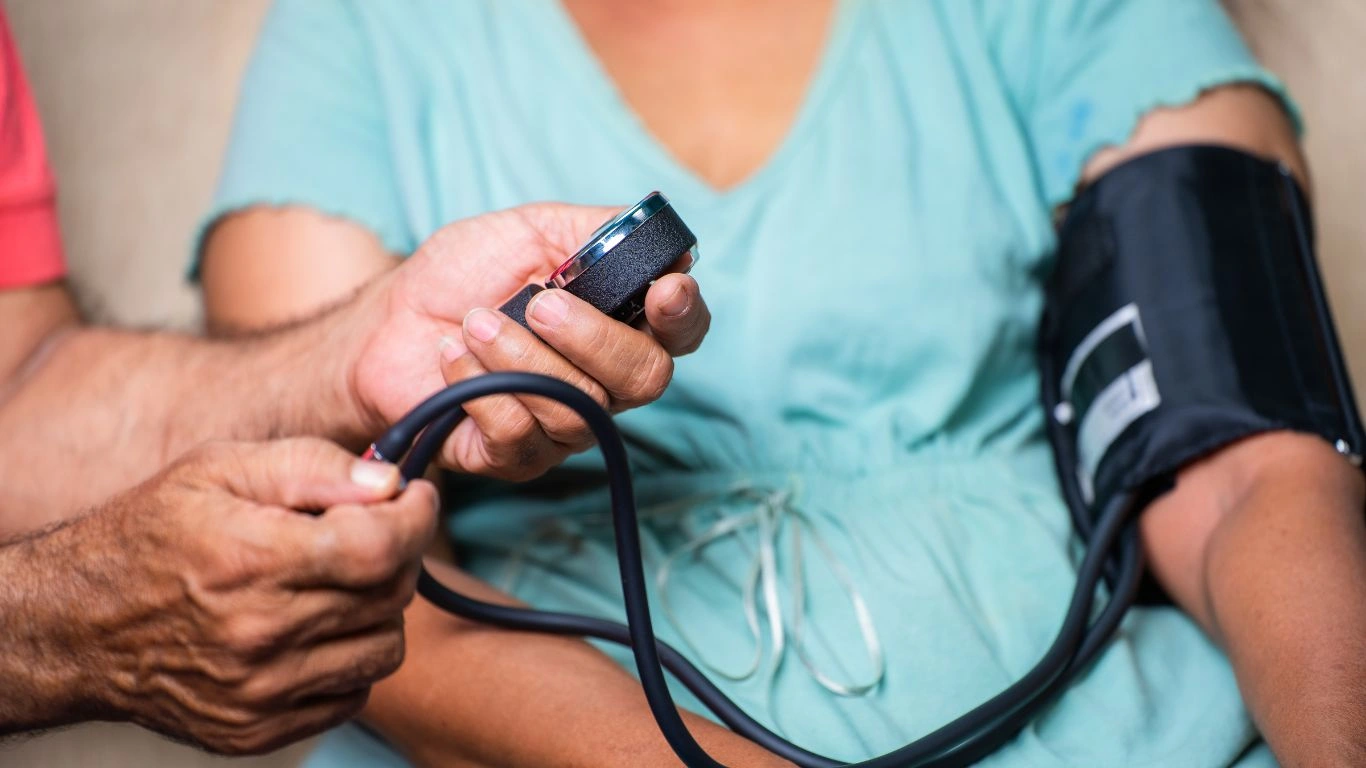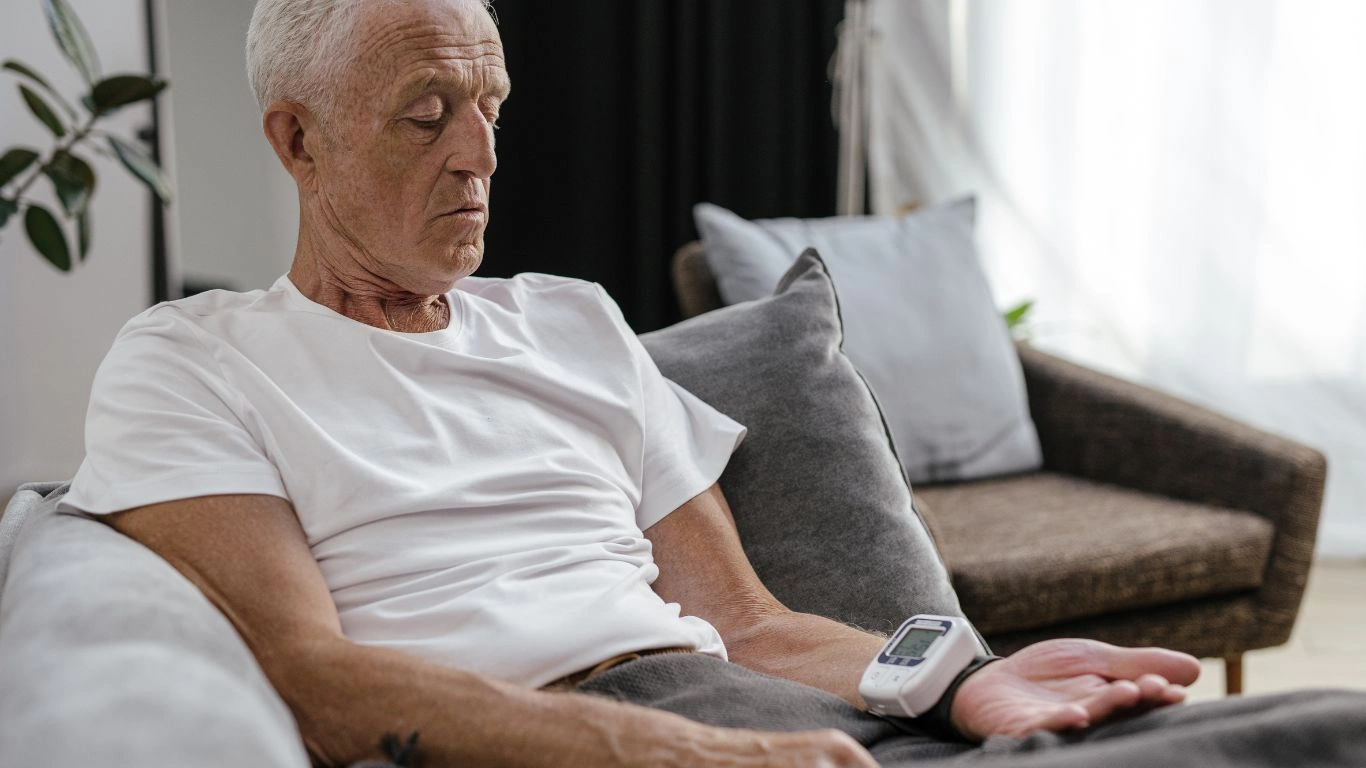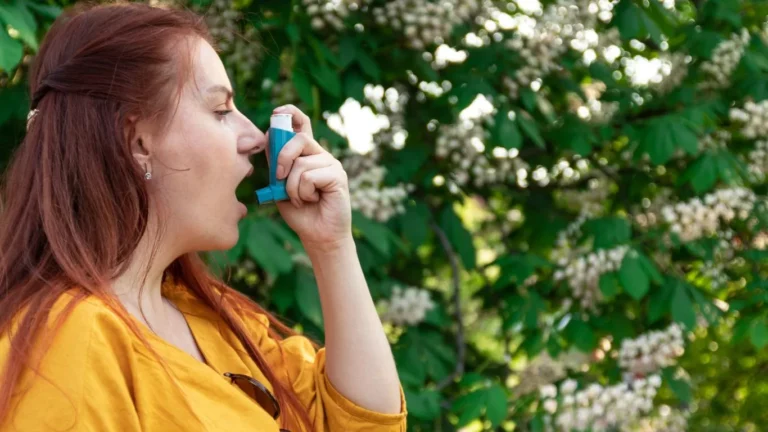Best Exercises for Hypertension Control
Regular exercise is a powerful tool in managing hypertension. In this guide, we’ll explore the best exercises to help lower blood pressure and improve heart health.
Hypertension, or high blood pressure, is a common condition that affects millions of people worldwide. Left unchecked, it can lead to serious health problems like heart disease and stroke. However, regular physical activity is one of the most effective ways to control blood pressure and reduce the risk of these complications.

Understanding Hypertension and Exercise
Hypertension occurs when the force of blood against the walls of your arteries is consistently too high. It often has no noticeable symptoms, which is why it’s called the “silent killer.” However, regular exercise can play a significant role in lowering your blood pressure. It improves heart function, increases blood vessel flexibility, and helps with weight management—all of which contribute to a healthier cardiovascular system.
Why Exercise Helps Lower Blood Pressure
Exercise works in several ways to reduce blood pressure. When you engage in physical activity, your heart becomes stronger and more efficient at pumping blood. This means your heart doesn’t have to work as hard to circulate blood throughout your body. Additionally, exercise helps lower stress, improve circulation, and reduce inflammation—factors that contribute to high blood pressure.

Top Exercises for Hypertension Control
Here’s a rundown of the best exercises to help manage hypertension:
1. Aerobic Exercise (Cardio)
Aerobic exercises, also known as cardio, are some of the most effective at lowering blood pressure. These exercises improve heart function and circulation, which directly impacts your blood pressure. Examples include:
- Walking
- Jogging
- Swimming
- Cycling
- Dancing
Studies show that regular aerobic activity can lower systolic blood pressure (the top number) by 4 to 9 mmHg, which can make a significant difference for individuals with hypertension. Aim for at least 30 minutes of moderate-intensity aerobic exercise most days of the week.
2. Strength Training
Strength training, or resistance exercise, involves lifting weights or using resistance bands. While cardio is essential for controlling blood pressure, strength training can also help lower blood pressure by building muscle mass and improving overall metabolism. It’s been shown to reduce both systolic and diastolic blood pressure (the bottom number).
Try to incorporate strength training exercises like squats, lunges, push-ups, and weightlifting at least two days per week. Just be sure to lift moderate weights and avoid holding your breath, as this can temporarily increase your blood pressure.
3. Yoga
Yoga is a gentle exercise that combines breathing, stretching, and strength. Research suggests that regular yoga practice can lower blood pressure by promoting relaxation and reducing stress, two major contributors to hypertension. Specific types of yoga, like restorative yoga and Hatha yoga, have been shown to have the most significant effect on blood pressure.
If you’re new to yoga, start with beginner classes or follow online tutorials. Focus on poses that encourage relaxation, such as child’s pose, legs up the wall, and corpse pose, and incorporate deep breathing techniques like pranayama to maximize the benefits for your blood pressure.

4. Walking
Walking is one of the simplest and most accessible exercises for controlling hypertension. Whether you’re taking a brisk walk around the block or hiking in nature, walking provides numerous cardiovascular benefits. It’s a low-impact activity that’s easy on your joints, making it a great choice for people of all fitness levels.
Studies have shown that even short, daily walks can reduce blood pressure, especially when combined with other healthy habits like a balanced diet and stress management. Aim for at least 30 minutes of walking five times a week for maximum benefits.
5. Stretching
Stretching exercises, while not as intense as cardio or strength training, can still help lower blood pressure by improving circulation and reducing muscle tension. Incorporating gentle stretching into your daily routine can promote relaxation and flexibility, both of which contribute to overall well-being and hypertension control.
6. High-Intensity Interval Training (HIIT)
For those who are already active and looking for a more challenging workout, HIIT can be an effective way to lower blood pressure. HIIT involves alternating short bursts of intense activity with periods of rest or lower-intensity exercise. While it’s more intense than traditional aerobic exercise, HIIT has been shown to reduce both systolic and diastolic blood pressure in a relatively short period of time.
Examples of HIIT exercises include sprints, jumping jacks, or burpees. Keep in mind that HIIT may not be suitable for everyone, especially if you have severe hypertension. Always consult with your doctor before trying high-intensity workouts.
How Often Should You Exercise for Hypertension Control?
The American Heart Association recommends that adults engage in at least 150 minutes of moderate-intensity aerobic activity or 75 minutes of vigorous-intensity activity each week, along with strength training exercises on two or more days per week. Even if you have high blood pressure, consistent physical activity can make a significant difference in managing and reducing your numbers.
Tips for Exercising Safely with Hypertension
If you have hypertension, it’s essential to exercise safely to avoid complications. Here are some tips to keep in mind:
- Consult Your Doctor: Always check with your healthcare provider before starting any exercise program, especially if you have uncontrolled hypertension.
- Start Slow: If you’re new to exercise, begin gradually and increase intensity over time.
- Warm Up and Cool Down: Always warm up before exercising and cool down afterward to prevent sudden blood pressure spikes.
- Stay Hydrated: Drink plenty of water before, during, and after exercise to stay hydrated and avoid dizziness.
- Listen to Your Body: If you feel dizzy, short of breath, or experience chest pain, stop exercising immediately and consult your doctor.

Conclusion
Exercise is one of the most effective and natural ways to control hypertension and improve overall heart health. Whether you prefer walking, yoga, swimming, or strength training, there’s a form of exercise for everyone. By incorporating regular physical activity into your routine, you can lower your blood pressure, reduce your risk of heart disease, and enjoy better overall health.
Appendices
FAQs
- How much exercise do I need to control hypertension? Aim for at least 30 minutes of moderate-intensity exercise most days of the week.
- Can exercise replace medication for hypertension? While exercise is a powerful tool in managing blood pressure, it’s important to follow your doctor’s recommendations, including any prescribed medications.
- Is it safe to exercise if I have high blood pressure? Yes, regular exercise is safe for most people with hypertension, but always consult your doctor before starting a new exercise routine.
- Can yoga help lower blood pressure? Yes, yoga can be an effective way to lower blood pressure, especially when combined with deep breathing techniques.
- What is the best exercise for lowering blood pressure quickly? Aerobic exercises like walking, jogging, and cycling are some of the most effective for lowering blood pressure quickly.
References
- American Heart Association. (2023). Exercise and Hypertension. Read Article
- National Institutes of Health. (2022). Exercise and Blood Pressure. Read Article
- World Health Organization. (2022). Physical Activity and Blood Pressure. Read Article
Disclaimer: The information provided in this article is for educational purposes only and is not intended to replace medical advice. Always consult with your healthcare provider before starting a new exercise program, especially if you have hypertension or any other medical condition.






